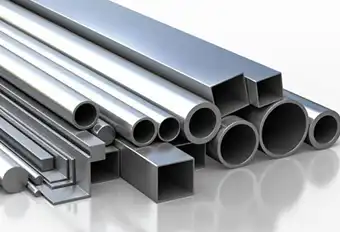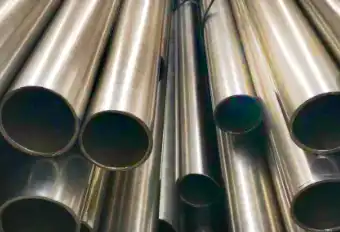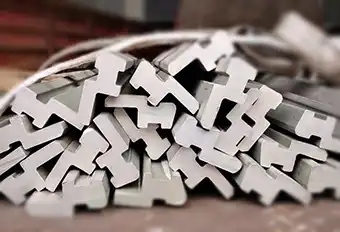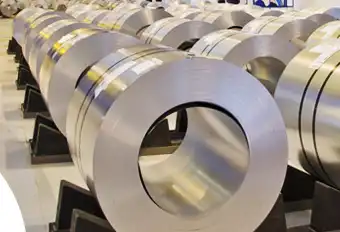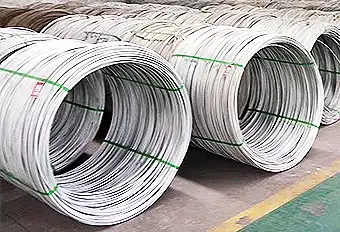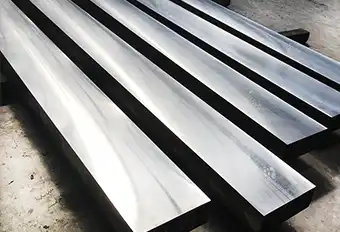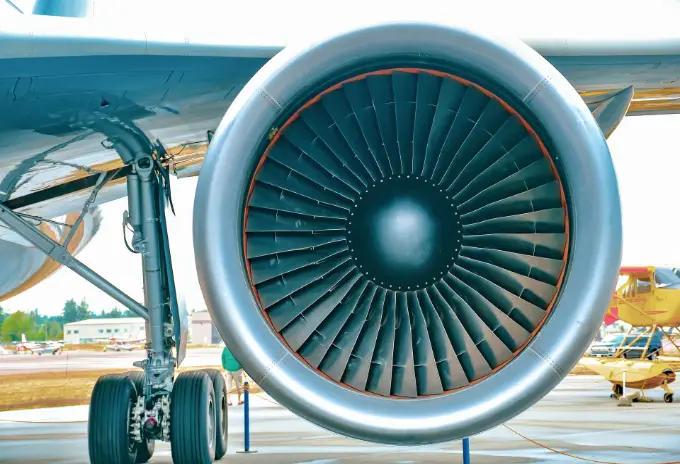Rotary forging is a specific cold forging technology which uses incremental steps locally with the material to accurate, precision results.
Some of the main advantages of rotary forging when compared with conventional methods include among others, greater dimensional accuracy, better surface finish quality and material hardening and optimized grain structure.
With the development of industrial technology, precision forging, or net-shape forging, has become increasingly popular due to savings in material, energy and finishing steps. However, many of the new components, because of their shape complexity and complicated tool design and high load requirements, are challenging the current precision forging technology beyond its current level of technology. To meet the requirement, there is a renewed interest in incremental forming, especially rotary-type incremental forming processes, such as swaging, cross-wedge rolling, ring rolling, spinning and rotary forging.
Rotary forging is a specific cold forging technology. During the forming process, the material contacts with the tools and deforms locally step by step. Rotary forming is especially suitable for forming the flat disk work pieces.
Rotary forging is a combination of two actions, rotational and an axial compression movement, for precise component forming that can be carried out cold or hot. Examples of parts manufactured by this process are wheel preforms, gears, discs, rings, etc. This technology enables greater use to be made of materials, minimizing (in some cases eliminating) machining and welding operations. Rotary forging requires less force (between 5% to 20%) for conventional forming presses, due to a reduction in contact and friction; resulting in smaller presses and simpler tools.
Benefits of rotary forging include shorter cycle times, better mechanical properties from the superior working of the material and high material utilization. All this is done with very cost effective tooling.
Compared with the conventional forging technology, cold rotary forging offers the following advantages: lower level of noise and vibration, uniform quality, smooth surface, close tolerance and considerable savings in energy and materials cost. Additionally, because of the eccentric load in cold rotary forging, the stress state of cold rotary forging press is very complicated and the life of the bear is relatively low.
At present, many studies have been done on the cold rotary forging process due to its significant advantages. In brief, these studies mainly focused on measuring the pressure distribution at the contact area, calculating and verifying the power parameters, analyzing the metal flow by using analytical and experimental methods and analyzing by the rigid plastic FE method.
Cold rotary forging is an advanced and innovative metal forming technology that is used to manufacture a wide variety of mechanical components such as disks, rings, flanges and gears. During the cold rotary forging process (shown in Fig. 1), the conical upper die continuously oscillates around the vertical machine axis at a constant revolution speed n. Simultaneously, the lower die pushes the work piece vertically at a constant feed rate v so as to cause it to be subjected to axial compression. Thus, after the work piece is pressed repeatedly for several times, the plastic deformation will be completed perfectly.
The principle of cold rotary forging is illustrated schematically in Figure.1. Different from conventional forging, the upper die in cold rotary forging is a conical die and can continuously oscillate around the vertical machine axis. Simultaneously the lower die pushes the work piece continuously so as to cause the work piece to be subjected to axial compression. Thus, when the work piece is pressed repeatedly for several times, the plastic deformation of the work piece will be completed perfectly.
Significant advantages have allowed cold rotary forging to have a variety of applications in many industrial fields such as automobile, machine tool, electrical equipment, cutting tool and hardware. Due to its potential advantages and wide application prospects, many studies have been done on the cold rotary forging process.
Summarily, most of these studies have concentrated primarily on measuring the pressure distribution at the contact area, calculating and verifying the power parameters) and analyzing the metal flow by analytical and experimental methods. Over the past few decades, the FE method has been applied to analyze the cold rotary forging process. Wang et al. developed a 3D rigidplastic finite element code in the FORTRAN language to analyze the cold rotary forging process of a ring workpiece. Yuan et al. used the 3D rigid-plastic finite element software DEFORM to simulate the cold rotary forging.
Rotary Forging Advantages as Compared with Conventional Forging
Technological:
- Greater deformations
- Force Reduction (5%-20%): less contact, less friction
- Greater Dimensional Accuracy : Near Net Shape
- Material Dimension Optimization : Burr Reduction/Elimination
- Greater surface finish quality (no cracks as a result of impact), incremental
- Material hardening and optimized grain structure
- Elimination of machining and welding operations
- Less noisy and polluting processes (without impact and sometimes without lubricants)
Economic:
- High flexibility —small modifications allow for new geometries
- Less investment —smaller presses
- Less expensive tooling —tooling geometry simplification
- Fewer tooling changes
- Fewer forming stages (2-4 stages in conventional forging)
- Fewer energy costs


